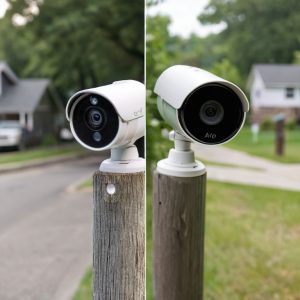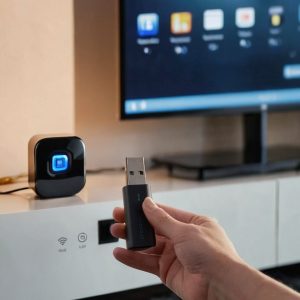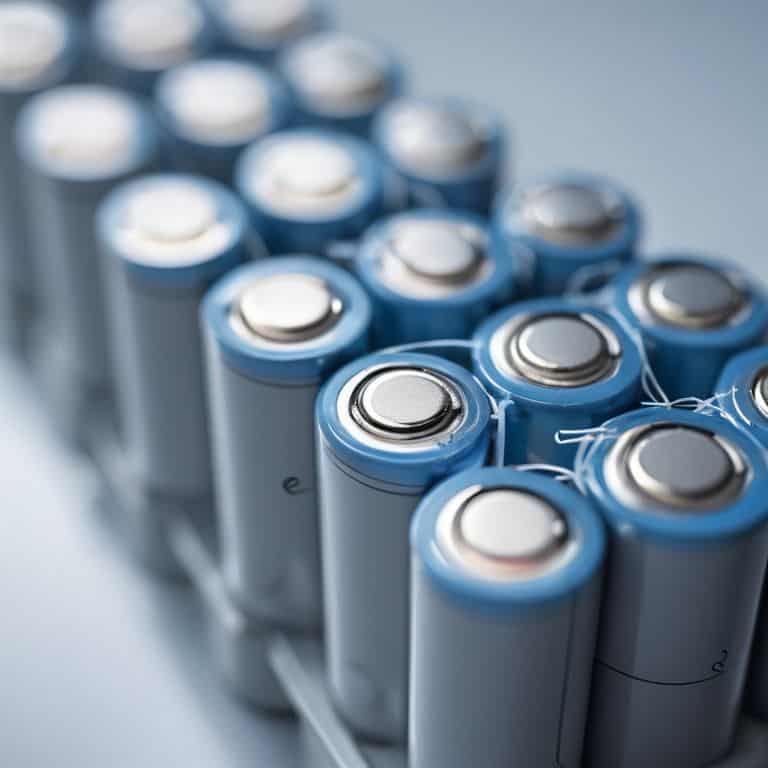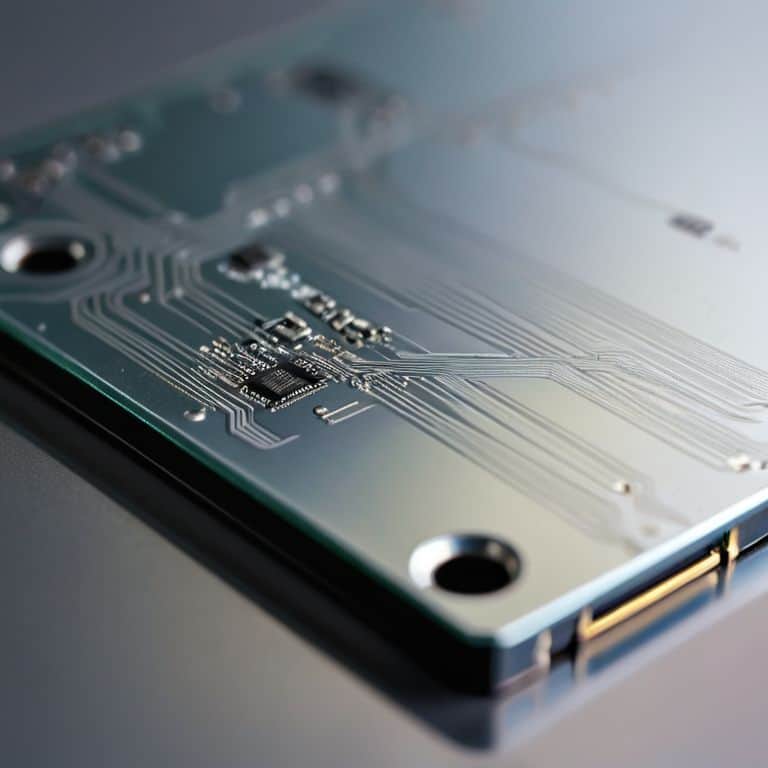I still remember the frustration of watching my phone’s battery life dwindle over time, despite following all the “tips and tricks” to extend its lifespan. It got me wondering about the science of lithium-ion battery degradation and why it seems like no matter what we do, our batteries just don’t last as long as they used to. As someone who’s worked in the tech industry, I’ve seen firsthand how complicated and overwhelming the information out there can be. It’s like trying to navigate a plumbing system without a map – you might know where the water is coming from, but you have no idea where it’s going or how to fix the leaks.
In this article, I promise to cut through the hype and provide you with a clear, no-nonsense explanation of what’s really going on inside your devices. I’ll share my own experiences and insights gained from years of working with electronics, and break down the complex topics into simple, easy-to-understand concepts. My goal is to empower you with knowledge, so you can make informed decisions about your technology and maybe even find ways to extend the life of your batteries. I believe that understanding the science of lithium-ion battery degradation is the first step to taking control of our devices and making the most out of the technology we use every day.
Table of Contents
Uncovering Battery Secrets
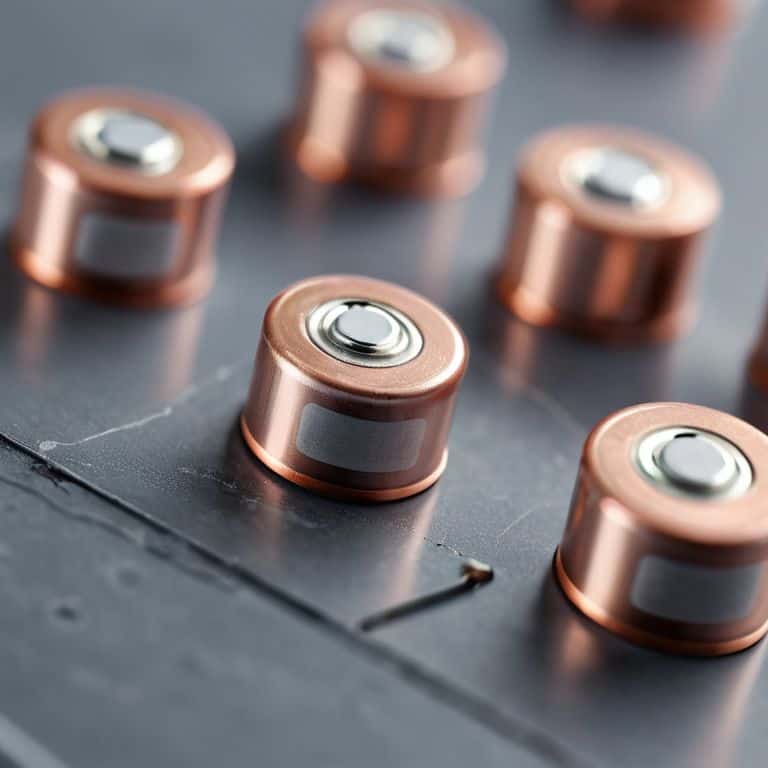
As we delve into the world of lithium-ion batteries, it’s essential to understand the lithium-ion battery calibration methods that help maintain their health. You see, batteries are like plumbing systems – they need to be balanced and calibrated to function efficiently. Just as a plumber adjusts the water pressure in a pipe, we need to adjust the battery’s calibration to ensure it’s working at its best. This calibration process involves setting the battery’s voltage and current limits, which helps prevent deep discharging, a major contributor to battery degradation.
When a battery is deeply discharged, it’s like forcing water through a narrow pipe – it creates a lot of pressure and stress on the system. This stress can lead to thermal management issues, which can further accelerate battery degradation. In electric vehicles, for example, thermal management is crucial to prevent overheating and maintain battery performance. By understanding these ageing mechanisms in lithium-ion batteries, we can develop strategies to mitigate their effects and extend battery life.
To better comprehend battery degradation, researchers use battery degradation modeling techniques to simulate and predict battery behavior. These models help us identify the key factors contributing to degradation, such as charge cycles, temperature, and depth of discharge. By analyzing these factors, we can develop lithium-ion cell balancing strategies to optimize battery performance and prolong its lifespan. It’s a complex process, but by breaking it down into simpler components, we can gain a deeper understanding of how batteries work and how to make them last longer.
Effects of Deep Discharging on Battery Life
When you completely drain your battery, you’re essentially giving it a stress test. This deep discharging can cause wear and tear on the internal components, leading to a reduction in overall battery life. Think of it like a pipe that’s constantly being stretched to its limits – eventually, it’s going to start leaking.
Over time, repeated deep discharging can lead to permanent damage, causing your battery to lose its ability to hold a charge. It’s similar to how a rubber band loses its elasticity when it’s stretched too far, too many times. By avoiding deep discharging, you can help extend the life of your battery and keep it running smoothly.
Lithium Ion Calibration Methods Revealed
As we delve into the world of lithium-ion batteries, it’s essential to understand the concept of calibration. Proper calibration is crucial to ensure the battery operates within its designed parameters, which in turn affects its overall lifespan. Think of it like adjusting the plumbing in your house – you need to fine-tune the pressure to get the perfect flow.
To achieve this, manufacturers employ various calibration techniques, such as cycling the battery through charge and discharge cycles. This process helps to “train” the battery management system to accurately estimate the battery’s state of charge, much like how you would calibrate a thermometer to get accurate readings.
The Science of Lithium Ion Degradation
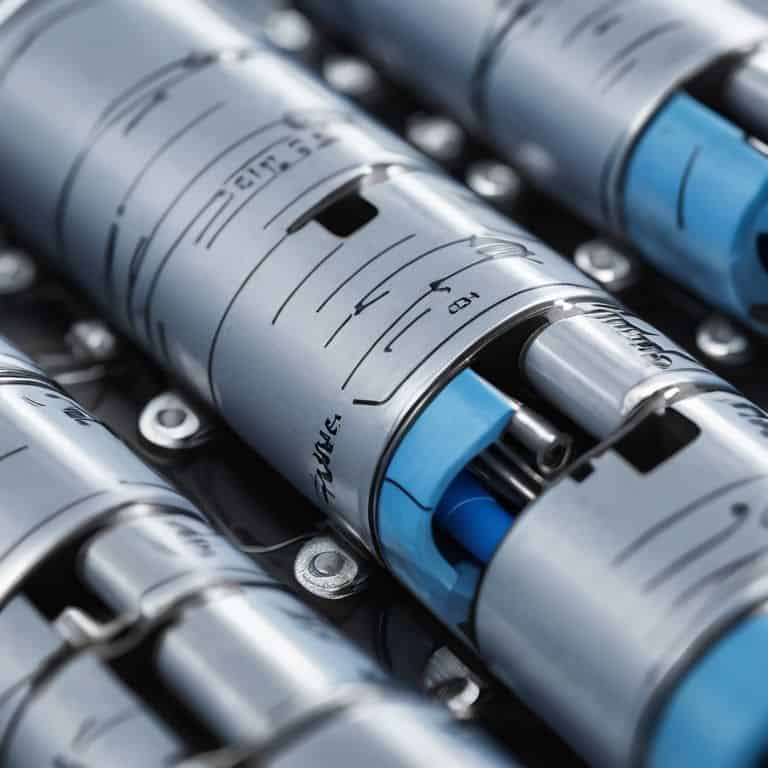
As we delve into the world of lithium-ion batteries, it’s essential to understand the ageing mechanisms that affect their performance. Think of it like a plumbing system, where over time, the pipes can get clogged, reducing water flow. Similarly, lithium-ion batteries have internal “pipes” that can degrade, leading to reduced capacity and efficiency. To mitigate this, lithium-ion battery calibration methods are used to ensure the battery is operating within optimal parameters.
When it comes to thermal management in electric vehicles, heat can be a significant factor in battery degradation. Imagine leaving your phone in a hot car on a summer day – the battery will drain faster, right? It’s similar with electric vehicles, where high temperatures can accelerate battery degradation modeling techniques. By understanding these factors, manufacturers can design more efficient cooling systems to prolong battery life.
To minimize the effects of deep discharging on battery life, it’s crucial to strike a balance between battery usage and maintenance. Lithium-ion cell balancing strategies play a vital role in ensuring the battery cells are charged and discharged evenly, preventing any one cell from becoming overworked. By adopting these strategies, we can slow down the degradation process and enjoy a longer battery lifespan.
Advances in Degradation Modeling Techniques
As researchers continue to unravel the mysteries of lithium-ion battery degradation, advancements in modeling techniques have played a crucial role in understanding the complex interactions within these batteries. By developing more sophisticated models, scientists can better predict how different factors, such as temperature and charging cycles, contribute to degradation.
The use of machine learning algorithms has been particularly significant in this area, enabling researchers to analyze vast amounts of data and identify patterns that might have gone unnoticed otherwise. This has led to a more nuanced understanding of the degradation process and paved the way for the development of more efficient and longer-lasting batteries.
Thermal Management and Battery Ageing
As I delve into the world of lithium-ion batteries, I’m reminded of a leaky faucet – if you don’t manage the flow, things can quickly go awry. Thermal management is crucial in maintaining battery health, and it’s fascinating to see how temperature affects the delicate balance of chemical reactions within. When batteries are exposed to high temperatures, the rate of chemical reactions increases, which can lead to a faster degradation of the battery’s overall capacity.
To put it simply, imagine a battery as a fresh cup of coffee – it’s at its best when it’s fresh, but as time passes, it starts to lose its flavor and aroma. Battery ageing is a natural process, but it can be accelerated by poor thermal management. As batteries age, their ability to hold a charge diminishes, and they become less efficient. By understanding how thermal management impacts battery ageing, we can take steps to mitigate its effects and extend the life of our devices.
5 Key Takeaways to Boost Your Lithium-Ion Battery's Life
- Monitor and maintain your device’s battery temperature, as high temperatures can accelerate degradation – think of it like leaving your phone in a hot car on a summer day
- Avoid deep discharging your battery to 0% on a regular basis, instead try to keep it between 20% and 80% charged – it’s like keeping a gas tank from completely empty to preserve the fuel system
- Update your device’s software regularly, as newer versions often include battery performance enhancements and optimizations – similar to how a plumber updates their toolkit to fix modern pipes
- Be mindful of your battery’s charge cycles, aiming for a balance between complete discharges and partial top-ups – imagine it like balancing the water flow in a plumbing system to avoid unnecessary strain
- Store your devices in a cool, dry place when not in use for extended periods, and consider removing the battery if possible – just like you would winterize your plumbing to prevent damage from freezing temperatures
Key Takeaways: Unlocking Lithium-Ion Battery Secrets
Understanding lithium-ion battery calibration methods and the impact of deep discharging can significantly extend battery life and improve overall device performance
Effective thermal management is crucial in mitigating battery ageing, and advances in degradation modeling techniques are paving the way for more efficient and longer-lasting batteries
By grasping the fundamental science behind lithium-ion battery degradation, users and manufacturers can work together to develop better charging habits, design more efficient devices, and reduce electronic waste
Unpacking the Mystery
The science of lithium-ion battery degradation is like trying to solve a puzzle where the pieces are constantly changing shape – it’s a complex dance of chemical reactions, thermal management, and aging processes that can be both fascinating and frustrating, but ultimately, understanding it is the key to unlocking better, longer-lasting batteries for our devices.
Chloe Brennan
Unleashing the Power of Understanding
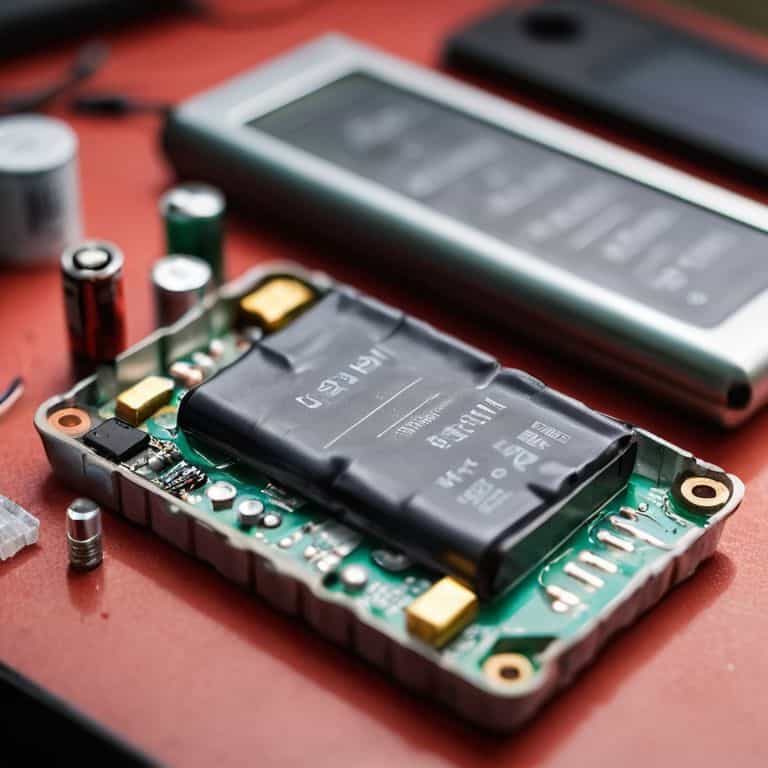
As we’ve explored the science of lithium-ion battery degradation, it’s clear that understanding the intricacies of our devices is key to unlocking their full potential. From lithium-ion calibration methods to the effects of deep discharging, and from thermal management to advances in degradation modeling techniques, each aspect plays a crucial role in the overall lifespan of our batteries. By grasping these concepts, we not only extend the life of our devices but also contribute to a more sustainable approach to technology consumption.
The journey to demystify the ‘black box’ of modern electronics is an ongoing one, filled with fascinating science and endless possibilities. As we continue to push the boundaries of what is possible, let us remember that true empowerment comes not from the devices themselves, but from our ability to understand and harness their power. By embracing this mindset, we open the door to a future where technology is not just a tool, but a partner in our pursuit of innovation and progress.
Frequently Asked Questions
What are the most common factors that contribute to lithium-ion battery degradation in everyday devices?
So, what causes lithium-ion batteries to degrade? Think of it like plumbing – over time, mineral buildup can clog pipes. For batteries, it’s more like chemical buildup from charge cycles, heat, and deep discharging, which can ‘clog’ the battery’s internal workings, reducing its lifespan.
How can users extend the lifespan of their lithium-ion batteries through proper charging and maintenance habits?
To extend lithium-ion battery life, think of it like watering a plant – you want to keep it consistently hydrated, but not overflowing. Avoid extreme charges, like going from 0 to 100% or letting it completely drain. Instead, keep your battery between 20% and 80% charged, and avoid high temperatures, just like you wouldn’t leave your phone in a hot car.
Are there any emerging technologies or innovations that could potentially replace or significantly improve upon traditional lithium-ion batteries?
I’m excited to share that yes, several emerging technologies are on the horizon, such as solid-state batteries, sodium-ion batteries, and graphene-based batteries, which promise to improve performance, safety, and sustainability, potentially revolutionizing the way we power our devices.


